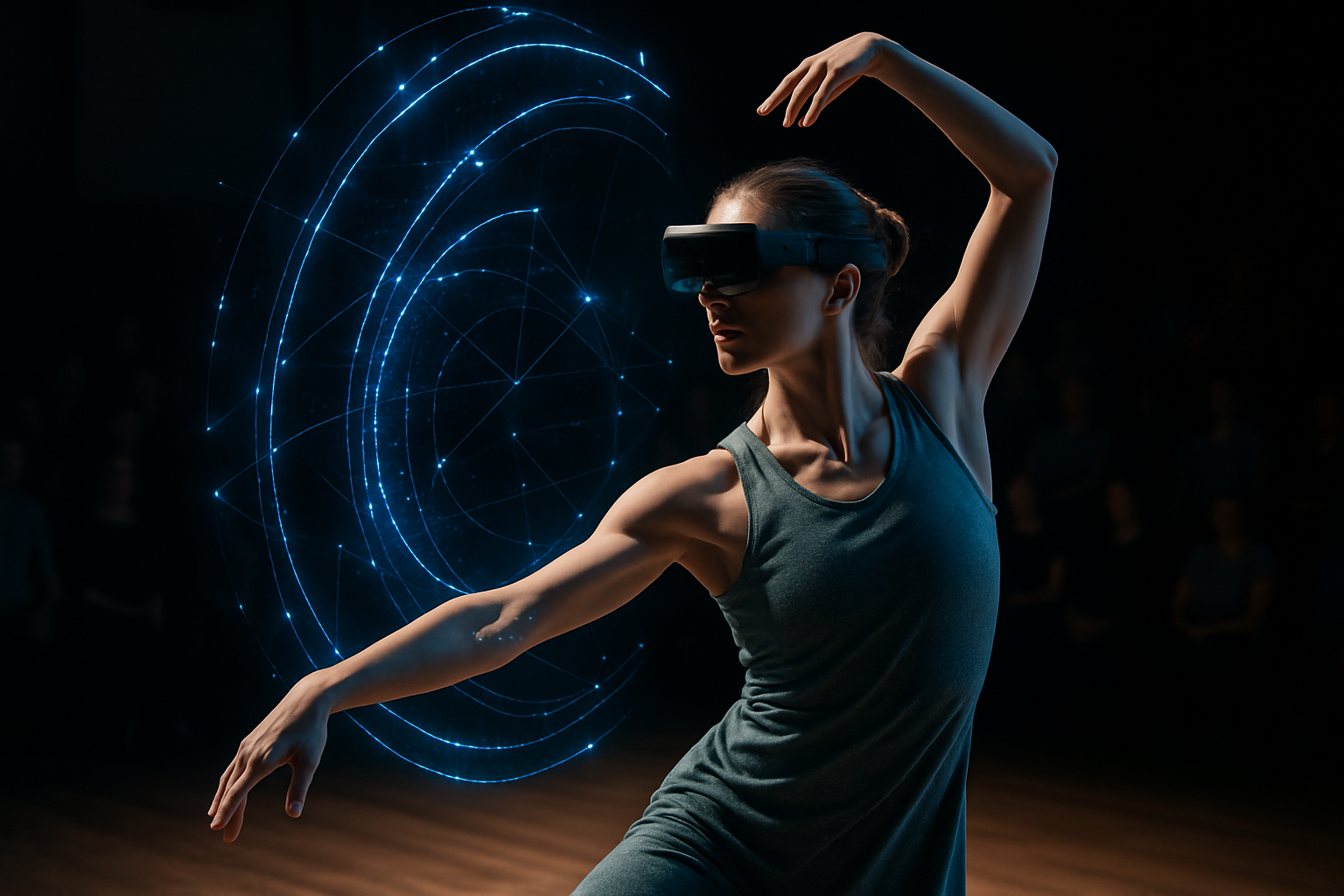Holographic Haptics: Touch the Virtual
In a world where digital experiences are becoming increasingly immersive, a groundbreaking technology is emerging that promises to revolutionize how we interact with virtual environments. Holographic haptics, a fusion of holographic displays and advanced haptic feedback systems, is poised to bring a new dimension of realism to virtual and augmented reality. This cutting-edge technology allows users to not only see but also feel and manipulate holographic objects in mid-air, blurring the lines between the digital and physical worlds in ways previously confined to science fiction.

How Holographic Haptics Work
At the heart of holographic haptics lies a complex interplay of light and sound. Advanced holographic displays project three-dimensional images into the air, while arrays of ultrasonic transducers emit high-frequency sound waves. These sound waves create areas of high and low air pressure, which, when precisely controlled, can exert force on a user’s hand. When combined with the visual hologram, this creates the sensation of touching a solid object.
Beyond Visual Illusions
What sets holographic haptics apart from traditional holographic displays is the addition of tactile feedback. Users can not only see a floating object but also feel its contours, texture, and even simulated weight. This is achieved through a combination of air pressure manipulation and vibrotactile feedback, creating a multi-sensory experience that tricks the brain into perceiving a physical object where none exists.
Applications Across Industries
The potential applications for holographic haptics span a wide range of industries. In healthcare, surgeons could practice complex procedures on holographic patients, feeling the resistance of virtual tissue and bone. Designers and engineers could manipulate 3D models in real-time, feeling the texture and weight of their creations. In education, students could interact with historical artifacts or complex molecular structures, gaining a deeper understanding through tactile exploration.
Gaming and Entertainment Revolution
Perhaps one of the most exciting applications of holographic haptics lies in the realm of gaming and entertainment. Imagine playing a virtual instrument, feeling the strings under your fingers, or engaging in a lightsaber duel where you can feel the clash of energy blades. This technology has the potential to create unprecedented levels of immersion in virtual worlds, offering experiences that go beyond what’s possible with current VR and AR systems.
Challenges and Future Developments
While holographic haptics shows immense promise, several challenges remain before it can become a mainstream technology. Current systems are limited in the range and precision of haptic feedback they can provide. Researchers are working on improving the resolution and strength of tactile sensations, as well as expanding the interaction area to allow for larger and more complex holographic objects.
The Road to Commercialization
As with any emerging technology, the path to commercialization for holographic haptics is fraught with obstacles. The current prototypes are expensive and bulky, making them impractical for consumer use. However, several tech giants and startups are investing heavily in this field, aiming to miniaturize the technology and bring down costs. Industry experts estimate that we could see the first commercial holographic haptic devices hitting the market within the next 5-10 years, with prices initially ranging from $5,000 to $10,000 for high-end systems.
Ethical and Social Implications
As holographic haptics becomes more advanced and widespread, it raises important ethical and social questions. How will this technology impact human interactions and relationships? Could it lead to a further retreat from physical reality into virtual worlds? These are issues that society will need to grapple with as the technology matures.
A Glimpse into the Future
Holographic haptics represents a significant leap forward in human-computer interaction. As the technology continues to evolve, we can expect to see increasingly sophisticated and realistic holographic experiences. From revolutionizing remote work and collaboration to creating new forms of art and entertainment, the potential applications are limitless. The day when we can reach out and touch the virtual may be closer than we think, ushering in a new era of digital interaction that engages all our senses.





